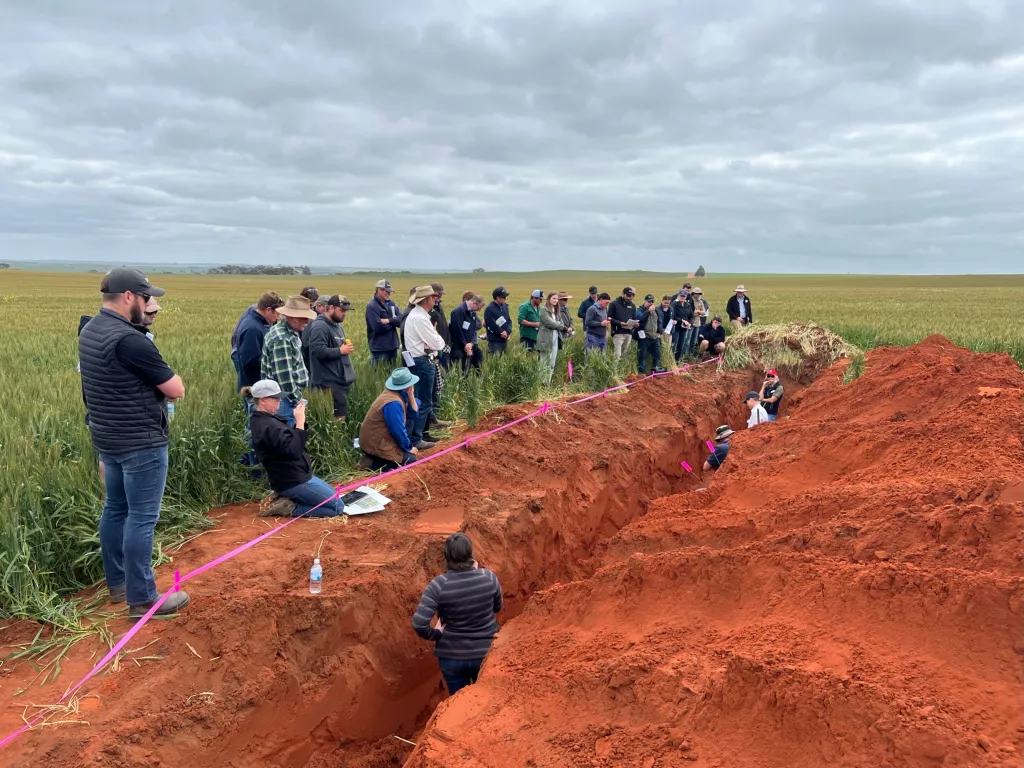Focusing on farm efficiency with a critical control point approach
By Nathan Craig, WMG Chief Executive Officer
Looking back to the early 2000s, life seemed much simpler. We hadn’t yet faced a global pandemic, several financial crises, or the aftermath of the 9/11 attacks. The role of data and information in our world was evolving, becoming more accessible. It’s anticipated that the pace of change in this century will far outpace anything we’ve experienced throughout human history, and it’s only going to accelerate. Amidst this backdrop, my journey back to the family farm in 2002 was a significant personal milestone.
My first year back was a steep learning curve after finishing my studies. We had just expanded the farm, so things were incredibly busy. By the end of the year, I finally sat down and took a breath. My mother looked at me and said, “It’s not what you thought it would be, is it?” I laughed it off, but she was right—it was pure madness. We had so much going on post-expansion that things just weren’t nailed down.
Our bank manager loved his annual visits to our farm. He remarked that he didn’t get out of the office much, but always made sure to spend a full day with us. He was amazed that every paddock was a trial site—we were always experimenting. With so much happening, we needed to get organised.
One of the first things we did was to sit down and map out our business goals and what we wanted to achieve. This involved paper and coloured pencils, but that’s a story for another time. We knew we wanted to be in the top 5% of farms in Victoria. To achieve that, we had to be razor-sharp and implement best practices in every management decision and action on the farm.

Enter the Critical Control Point (CCP) planner, based on the HACCP system from the food industry, which ensures quality and safety. The CCP planner helped us manage everything that needed to be done on the farm to ensure success each year. Just like serving food in a restaurant, we wanted to make sure our “meal” (profit) arrived safely without any “casualties” along the way.
The planner had 12 pages and laid out like a calendar with 4 weeks (roughly) to a month. Each week was divided into three sections. The first section listed priority tasks that had to be completed first in that week, specifying the date if it was that critical. Putting the rams out on the 15th February went here. The second section contained important but less critical tasks like preparing paddocks for seeding – this could be done this week or next. The The third section included tasks that could be done when we had spare time—a rare luxury. Tasks like fixing fences and cleaning water troughs fell into this category.
We also reorganised our production system. At that time, we had three shearing periods, three lambing periods, and crops to plant for both winter and summer. Applying best management practices, we consolidated to one lambing period, which simplified our business significantly. This meant the rams went out and came in within a specific timeframe, allowing us to focus on what was important at the right time. For example, the second week of April was always for pregnancy testing, followed by seeding over the following 4 weeks.
This approach ensured we were always focused on the critical tasks at the right time to set us on the pathway for a successful year.
The development of the CCP planner brought clarity and focus to our work. It transformed our approach, ensuring everyone knew (and agreed) exactly what was important and when it needed to be done to achieve our goals for the year.
One of the most ingenious aspects of the planner wasn’t just its development or the thought process behind it. Once completed, it was turned into a calendar using a simple display book and hung on the back of the dunny door in everyone’s house. Each morning, as we contemplated the day ahead, we could also see what was important for the farm business that week!
I encourage you to consider your business and whether you can similarly map out what’s important and when tasks need to be completed. Have you ever thought about how a detailed plan could transform your operations? Through having a plan, we found that much of the noise and uncertainty in farming dissipated and we could identify what wasn’t working and change it for the better. More importantly, we gained time back in the week to do what we loved to do – enjoy the process of farming!














